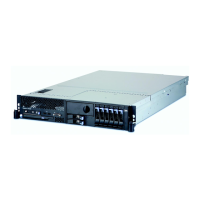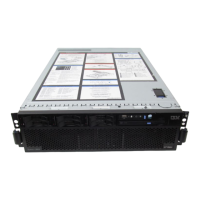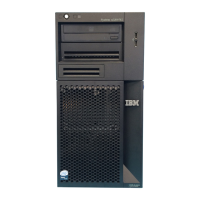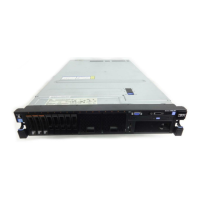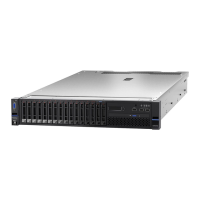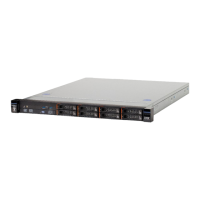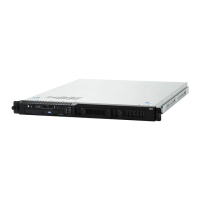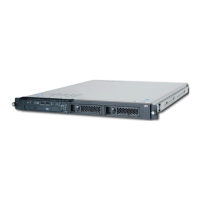error
recovery procedures: Procedures designed to help isolate, and, when possible,
to
recover from hardware errors
in
equipment.
The
procedures are often used
in
con·
junction with programs
that
record
the
statistics
of
machine malfunctions.
error
volume analysis (EVA): With this
DOS
option,
the
system issues a message
to
the
operator
when a number
of
temporary read or write errors (specified
by
the user
at
system generation time) has been exceeded
on
a currently accessed tape file.
event: An occurrence
of
significance
to
a task; typically,
the
completion
of
an asyn·
chronous
operation, such as
input/output.
exchange buffering: A technique using data chaining
to
avoid moving data
in
main
storage,
in
which control
of
buffer segments and user program work areas
is
passed
between data management and the user program.
exclusive segments: Segments
in
the
same region
of
an overlay program, neither
of
which
is
in
the
path
of
the
other. They
cannot
be
in
main storage simultaneously.
execute
(EXEC)
statement:
A job control
statement
that
designates a job step by
identifying
the
load module
to
be fetched and executed.
expiration
date:
A date within a tape label for data protection. The tape
cannot
be
used as a scratch tape without permission from
the
operator
until this date has ex·
pired.
ex1llnt:
The
physical locations on
input/output
devices occupied by
or
reselVed for a
particular data set.
ex1llnded
control
mode: When
PSW
bit 12
is
set
to
1,
the
PSW
format
is
changed
from
that
used for standard System/360 operation:
the
channel m ... k bits, instruction
length code, and interruption code are removed, and additional
mode
and mask bits
are included. This
is
the
extended control mode,
in
which
all
control registers are
available
to
the
system for control
of
facilities
that
are particular
to
Systemi370.
Abbreviated
to
EC
mode. See also "Basic Control Mode."
extBmal reference: A reference
to
a symbol defined
in
another module.
ex1llmal symbol: A control section name, entry
point
name,
or
external reference; a
symbol contained
in
the external symbol dictionary.
exlllmal symbol dictionary (ESD): Control information associated with an object
or
load module which identifies
the
external symbols
in
the
module.
f
F
format:
A
data
set record format
in
which logical records are the same length.
fetch (program): 1.
To
load requested load modules into main storage, relocating them
as necessary. 2. A control routine
that
accomplished
1.
File
Protect
Mode (FPM): A mode
of
operation
that
insures maximum protectior, and
security
of
customer
data. While
in
file
protect
mode, the system performs no write
operations and reads no customer data.
fixed page: A page
in
real storage
that
is
not
to be paged out.
F/L Trace
(Fetch/Load
Trace): Under DOS and TOS, a program
that
records infor,.,a·
tion
about
phases and transients as they are called from a core image library.
9
generation
data
~p:
A collection
of
successive, historically related data sets.
GPR (General-purpose register): Temporary storage with capacity
of
one word. There
are 16 GPRs on
System/370
computers. .
GSVC Trace (Generalized Supervisor Calls Trace): A program
that
records
SVC
inter·
rupts as
they
occur.
All
or
a selected group
of
SVCs can
be
traced.
Page
7·4

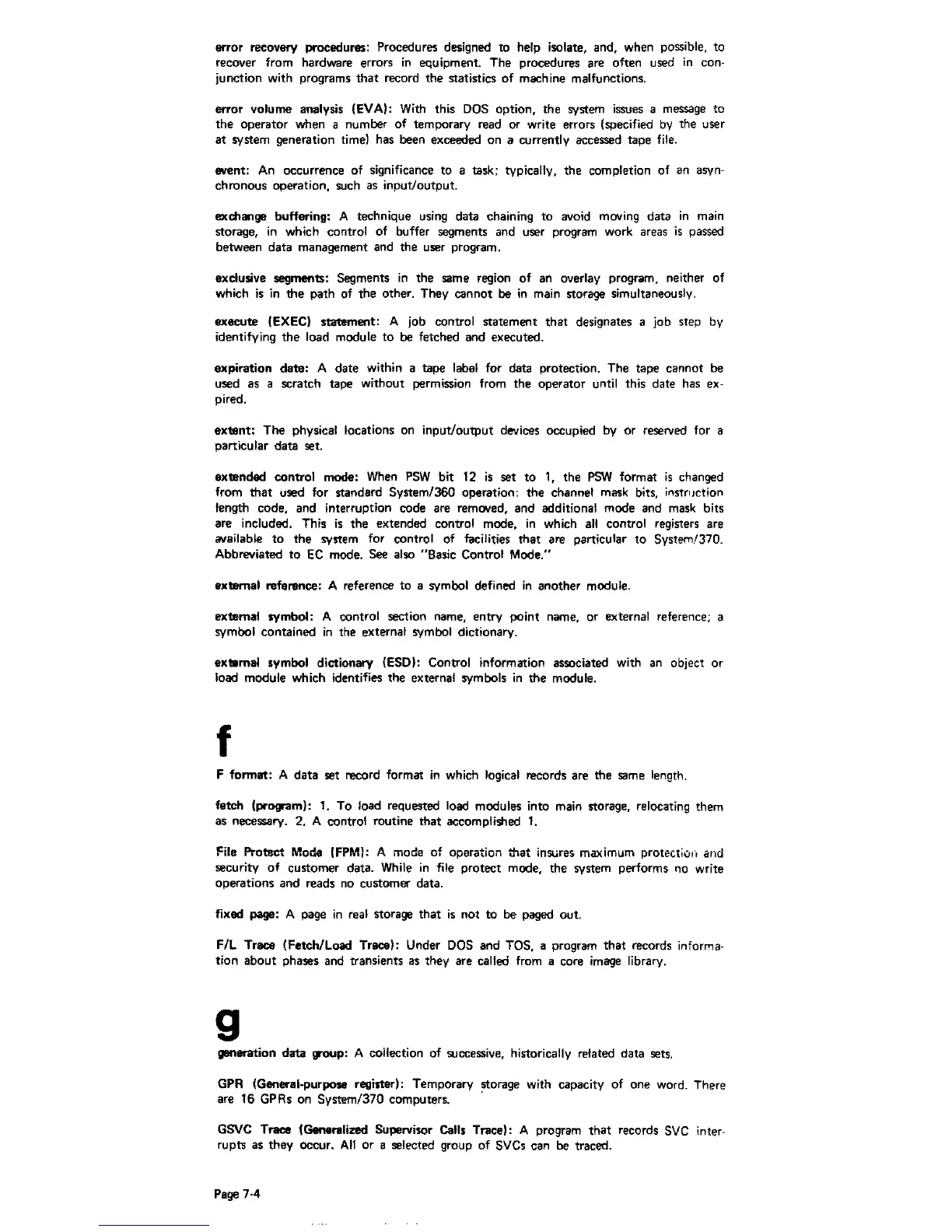